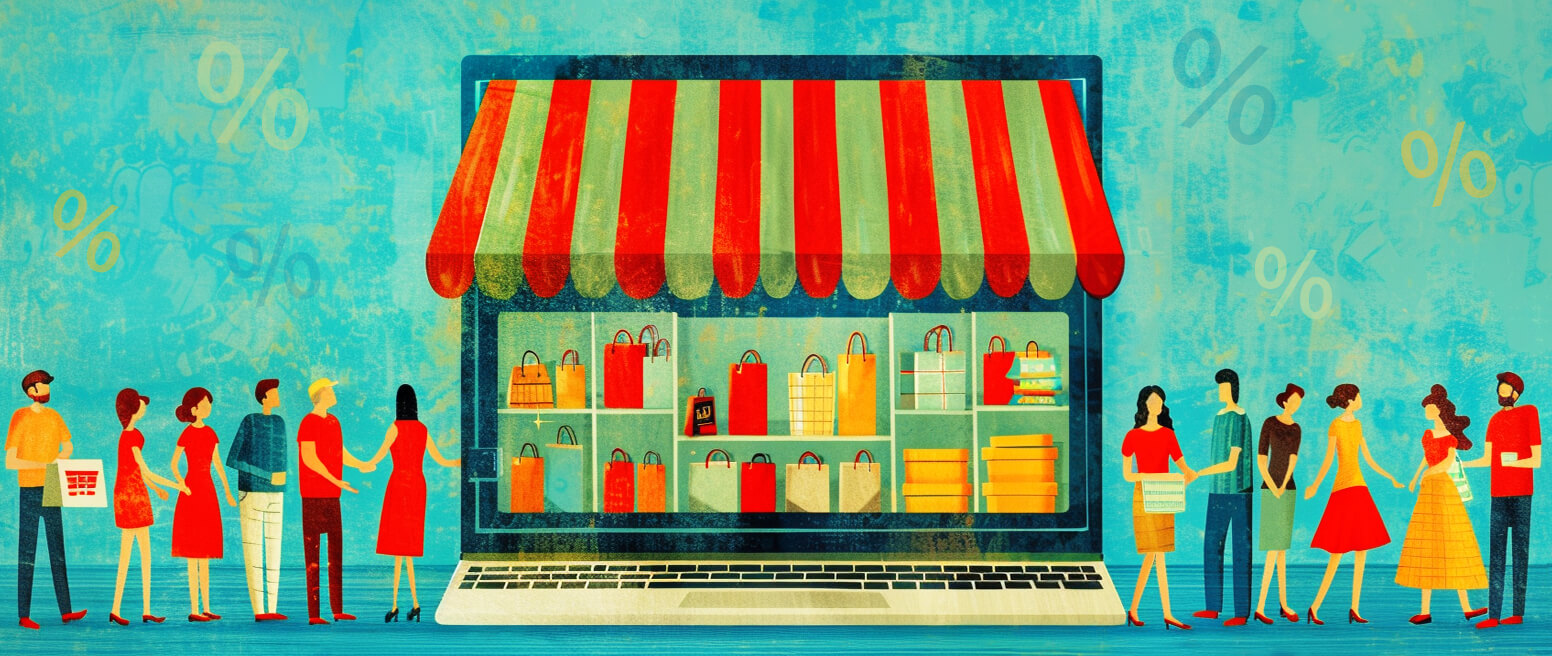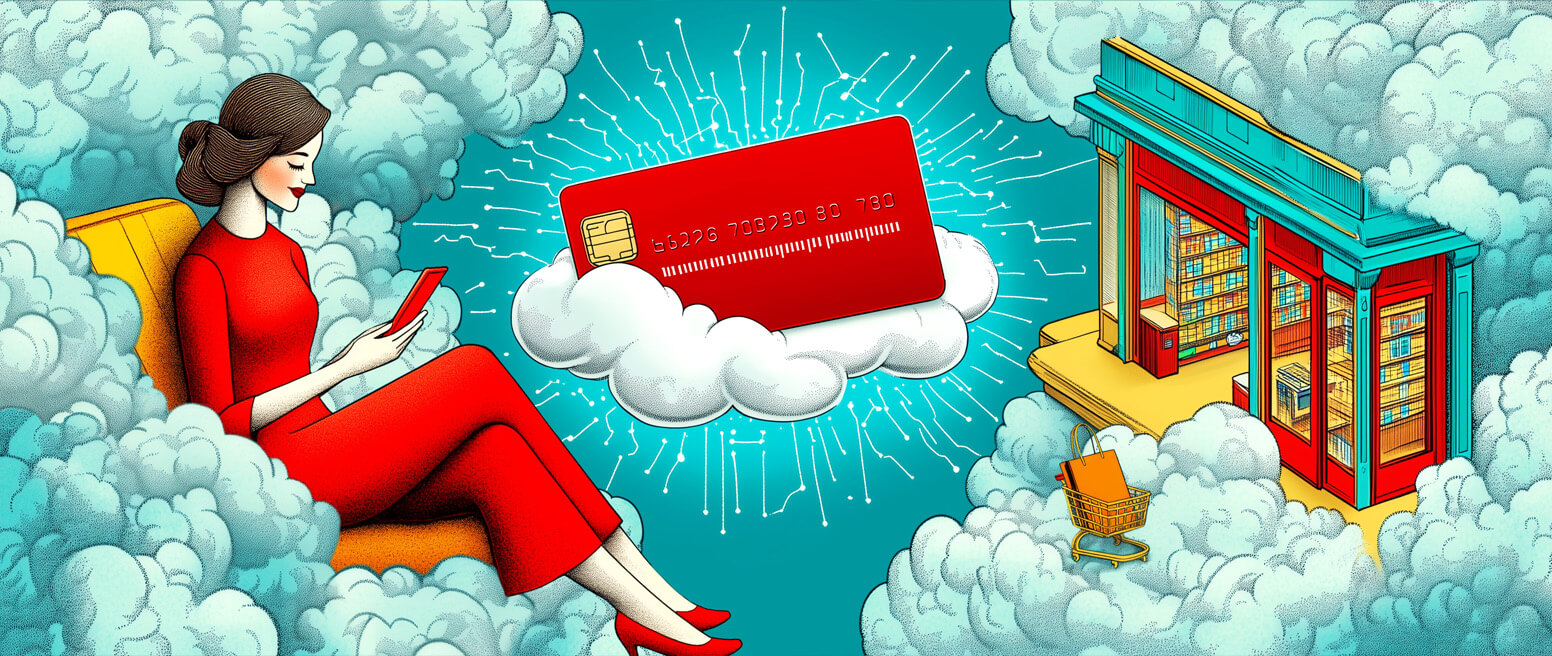How Does Your Return Customer Rate (RCR) Impact Your Bottom Line? What Can You do to Get More Return Customers?
Returning customers are the lifeblood of your business. The number of customers you convince to do repeat business will directly influence your profitability and long-term success.
Understanding your return customer rate (or “RCR”) is crucial here. It indicates the percentage of your customers who continually choose your products or services over competitors. This loyalty translates into consistent revenue, reduced marketing costs, and a solid foundation for business growth.
Today, let’s explore the impact of your RCR on your bottom line. We’ll also look at some actionable strategies to increase the number of return customers, thereby ensuring sustained business success.
Recommended reading
- Card-Not-Present Transactions: Know the Risks & Rewards
- Online Shopping vs In-Store Shopping: the Future of Retail?
- Top 15 Customer Returns Reasons in 2025 & How to Avoid Them
- eCommerce Personalization: Essential Strategies for 2025
- They’re Here — Cyber Week 2024 Stats & Analysis!
- Prime Day 2024: How to Avoid Chargebacks on the Big Day
What is a Return Customer Rate?
- Return Customer Rate
A return customer rate (or “RCR”), also known as a repeat purchase rate or retention rate, is a metric used to measure the percentage of customers who have made more than one purchase from a particular business.
[noun]/rə • tərn • kəs • tə • mər • rāt/
There are a lot of key performance indicators (KPIs) that you need to track and evaluate in eCommerce. Your return customer rate can be one of the most illuminating, though.
When you track your RCR, you’re watching as your customers literally “vote with their feet.” If a buyer makes a purchase, and then comes back for subsequent purchases, that shows that you’ve converted them into a repeat customer. But, if they don’t come back for another purchase, is shows you might have a some work to do to optimize retention.
Your RCR is an important indicator of customer loyalty and satisfaction. It also points to the overall health of your company's customer base.
Why is Return Customer Rate Important?
Your customer return rate can give you insight into a lot of different questions about your business. To give an example, your RCR can give you great insight into customer satisfaction and product quality. If you’ve got a low RCR, can indicate issues with the product, or some other factor that keeps one-time buyers from becoming repeat customers.
Tracking your return customer rate can also help you:
What Does a Bad RCR Signal?
I just mentioned that you can look to your return customer rate to get some ideas about improving your operations. But how, exactly? What issues might cause customers to avoid coming back for later purchases?
Here are a few common roadblocks that a low return customer rate may help you pinpoint:
How to Calculate Your Return Customer Rate
Next, let’s take a look at how you can actually calculate your return customer rate.
Start by pulling information on the number of unique customers during the time frame you selected, as well as the number of repeat customers within that period. You then divide the number of repeat customers by the total number of unique customers during the specified time frame, and just multiply by 100 to get a percentage.
So, for example, say you have 500 unique customers in a given quarter. 200 of them are repeat customers. You have a return customer rate of 40%, meaning that of all your unique customers in that quarter, 40% came back for another purchase.
You’d think it would be pretty simple; after all, you’re just looking at the number of customers who buy from you twice, as a portion of total customers, right? Well, there are a couple of other parameters you have to think about.
You need to choose a time frame. Decide on the period of time for which you want to measure your return customer rate. It could be weekly, monthly, quarterly, or yearly, depending on what seems like a reasonable period for your product category and vertical.
You also might want to look at some variables. You can run the formula looking at customers acquired that returned in the same time period, or customers acquired at any time that returned during the period in question. This could give you some added insight into the length of your customer’s shopping cycle, how long products last, etc.
The return customer rate focuses on customers who make repeat purchases within a specific time frame. On the other hand, your customer retention rate measures the percentage of customers who continue to do business with you over a longer term, spanning multiple periods. While the return customer rate is more about short-term repeat purchases, customer retention rate provides insights into long-term customer loyalty and sustained engagement. Both metrics are valuable, but they serve different purposes in understanding and optimizing customer relationships.
What’s a “Good” Return Customer Rate?
This metric can differ pretty widely from one vertical to the next. Typically, though, the average eCommerce business will see their return customer rate somewhere between 20% and 30%.
Customer retention is great. Retaining customers is more profitable, and ultimately costs a fraction of what you’d spend on acquisition. But, seeing an abnormally high return customer rate could suggest problems. An RCR of 50%, for example, might suggest that you’re not attracting as many new customers as you should be. It means you might need to examine and reevaluate your marketing efforts.
Conversely, if your RCR falls below 20%, it could be a sign that customer satisfaction is lacking. It means there’s potential to boost your repeat purchase rate by providing a better experience.
Strategies to Boost Your Return Customer Rate
Returning customer rates not meeting your expectations? Or, maybe you’re just looking for some ideas to get a leg up on the competition? In any case, I’d recommend the following strategies to boost your RCR and retain more happy customers:
Retain Customers. Grow Your Business.
Building a loyal customer base requires a strategic approach. You need to prioritize exceptional service, effective communication, and understanding customer needs.
By fostering trust and dependability, examining and acting on customer feedback, enhancing return policies, and implementing smart retargeting strategies, you can significantly increase your chances of turning first-time buyers into repeat customers. Remember: customer loyalty is not just about making a sale. It’s about cultivating a relationship that encourages customers to return time and again.
FAQs
What is a good returning customer rate?
A good returning customer rate typically ranges between 20% to 30%, indicating that your store is effectively retaining customers and encouraging repeat purchases. However, top-performing stores often see rates of 40% or higher, showcasing exceptional customer loyalty and satisfaction.
How to calculate customer return?
To calculate the customer return rate, divide the number of repeat customers by the total number of unique customers, then multiply the result by 100 to get a percentage. This metric provides insight into how effectively your business retains customers over a specific period.
What is the word for customer return rate?
The term for customer return rate is "customer retention rate." It is a metric used to measure the percentage of customers who continue to purchase from a business over a given period.
How to increase returning customer rate?
To increase the returning customer rate, businesses should focus on providing exceptional customer service and personalizing the shopping experience. Implementing a loyalty program can also incentivize repeat purchases by rewarding customers for their continued patronage.
















